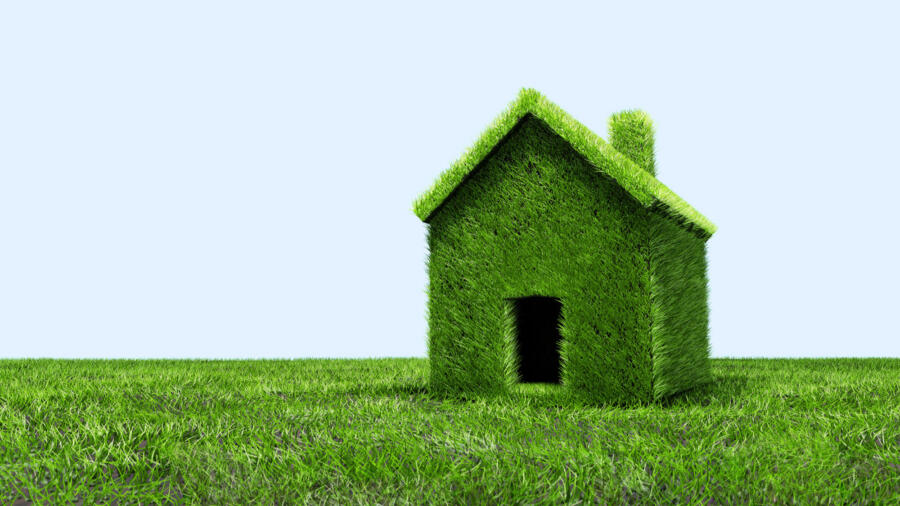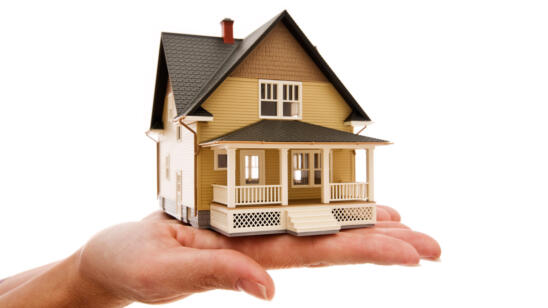Even though the typical American family is about half the size it was in 1910, the typical home is about twice as big. We’re talking 2,400 square feet, which is roughly twelve times the size of the average tiny house. So if you’re serious about watching your carbon footprint, the best way to make a huge difference is to start thinking small.
1. Tiny Houses Require Less Building Material
This might seem obvious, but think about the impact of using fewer materials to build a tiny house. Instead of using seven logging trucks full of lumber, a tiny house needs just half a truck. And they require exponentially less concrete, plaster, PVC piping, wiring, glass and everything else that goes into building a house. Opt for a prefab tiny house kit, and you’ll reduce even more waste during construction.
2. They Disrupt Less Landscape
To make way for mansions, their sprawling lawns and winding driveways, major damage is done to the environment. Bulldozers take down entire swaths of trees, asphalt smothers wide expanses of land and ecosystems are being disrupted. Tiny houses—especially those that are mobile and off the grid—enter a neighborhood with a much gentler impact.
3. They Consume Less Electricity
The juice running through the typical American household can be blamed for about 15,000 pounds of carbon pollution every year—not surprising when you consider that the average house has a whopping 45 lightbulbs. Compare that to the typical tiny house, which will usually have about six lightbulbs, and the carbon footprint decreases dramatically. Plus, the bigger the house, the more appliances you’re likely to have—all of which can consume electricity just by being plugged into a socket. That “vampire” energy if often responsible for 10 percent of your utility bill.
4. They Contain Less Space to Heat and Cool
Even in a 2,400-square-foot home, homeowners and tenants will most likely spend the majority of their time in just a few rooms of many. Meanwhile, furnaces and air conditioners work hard to keep the entire house—including all those empty rooms—at a consistent comfortable temperature. And they have to burn a lot of electricity, gas, or oil to do so.
5. You’ll Own Way Less Stuff
Everyone knows those people who have attics and basements full of things forgotten or giant walk-in closets packed with overlooked ensembles. That will never be you. Manufacturing just one piece of furniture or pair of jeans can involve multiple toxic chemicals and the depletion of a staggering amount of natural resources. The fewer of these items that you own (even if it’s simply due to lack of storage space), the better for the planet.
6. You Could More Easily Create a Zero-Energy Home
Now that you have fewer light bulbs and appliances to power and less space to heat and cool, you stand a real shot of being able to go off the grid and get everything you need from solar panels—maybe even a surplus of power you can sell back to the grid! Now that’s a real bright side of living tiny.


